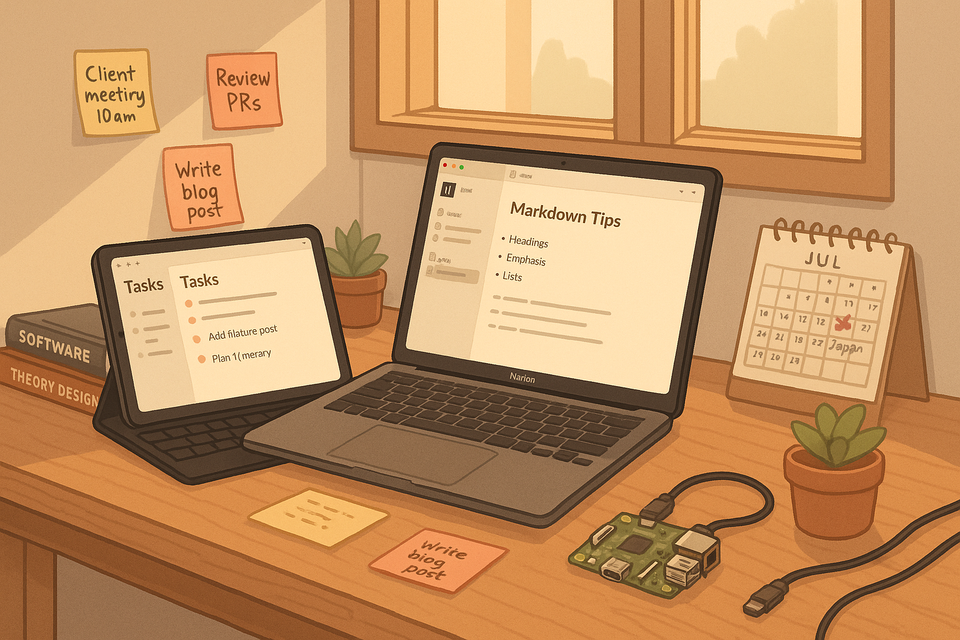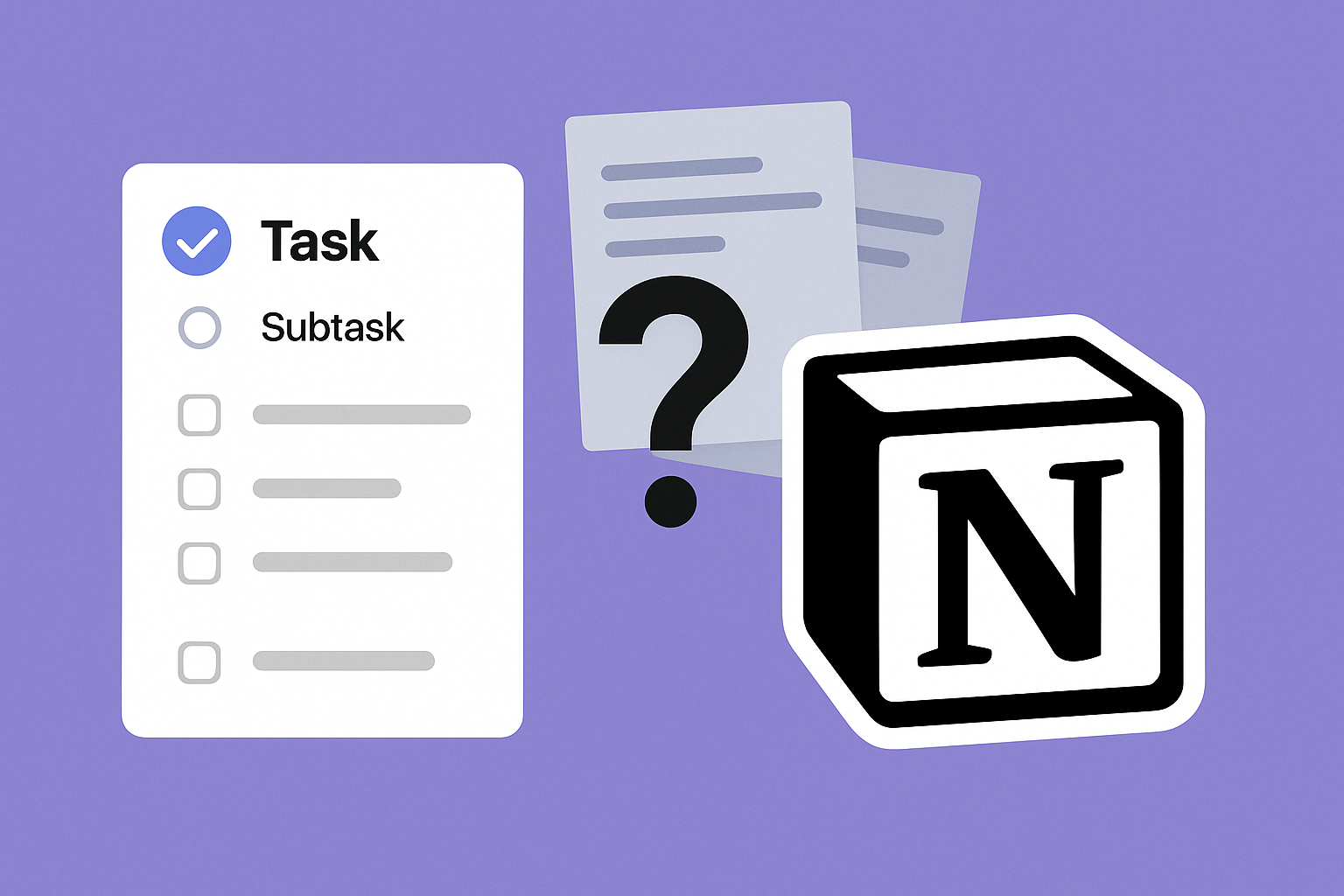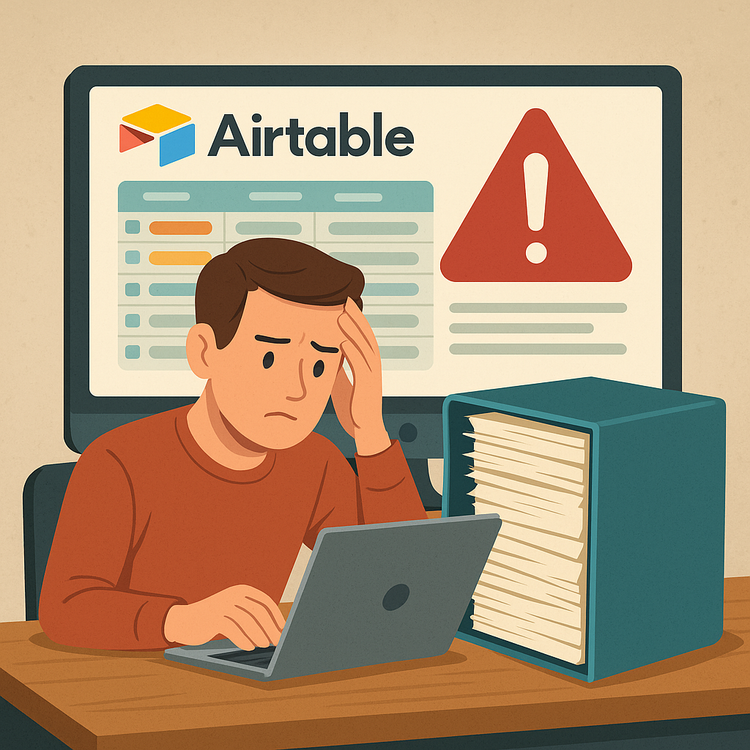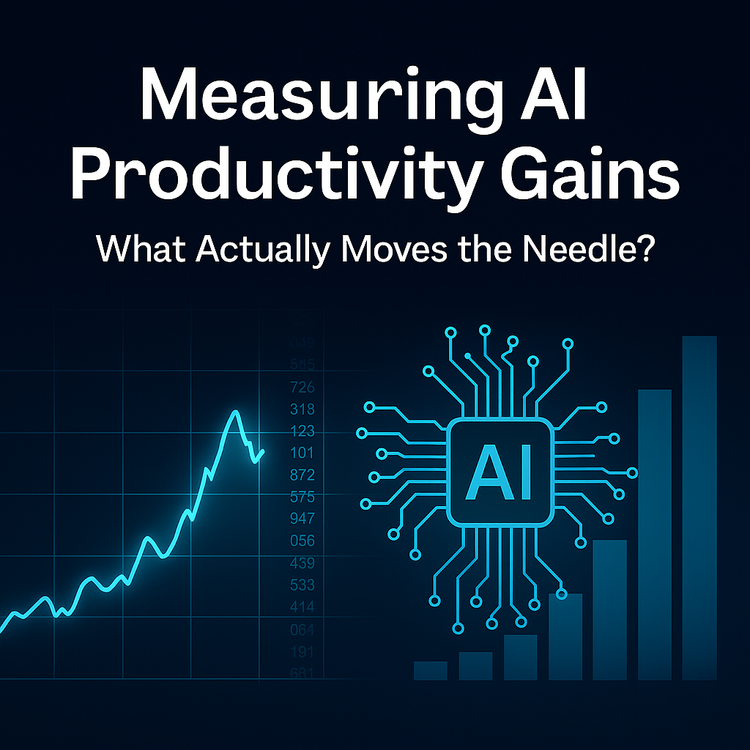How I Use Obsidian for Everything (But Code)

I’ve tried a lot of note-taking tools. Apple Notes, Notion, Bear, Google Keep—you name it. They all have their strengths, but when I needed something that could scale with my brain with little fuss, I landed on Obsidian.
Obsidian isn’t flashy, but it’s powerful. Markdown-based, locally stored, and endlessly customizable. It’s become the digital equivalent of my second brain.
Here’s how I use it.
1. Daily Notes & Journaling
Obsidian’s daily notes plugin is the backbone of my system. Each day gets a timestamped page where I:
• Brain dump in the morning
• Jot down any “in-between” thoughts throughout the day
• Review in the evening with a short reflection or summary
It’s low pressure and messy by design. Some days are just one line. Others turn into miniature essays. Both are valid.
2. Managing Life’s Little Details
I’ve replaced Apple Notes with Obsidian completely. Packing lists, blog post drafts, snippets of ideas—it all lives here. I use tags like #packing, #errands, or #writing to keep things findable.
Backlinks help too. I might have a note for a trip, and link related packing lists or itinerary notes. No folders necessary.

3. Not Everything Needs to Live Here
Even though Obsidian is the heart of my system, it’s not the only tool.
For structured data, like media tracking, freelance projects, or detailed content calendars, I use Notion. Tables and databases just handle those types of workflows better than markdown files can. I can filter, sort, view different properties, and build dashboards tailored to what I’m doing.
I still link between Obsidian and Notion when needed (like tracking when I worked on a blog post), but I’ve learned to let each tool shine at what it does best.
4. Connected Thinking (Without Overengineering)
I’ve learned not to over-tag or over-link. But when something does naturally connect, like two articles on similar topics, I’ll link them. Slowly, a little web of thoughts emerges in a nice visual.
The graph view? I'm finding it really helpful to diving into topics I'm into. Sometimes the combination of backlinks and tags will show a relationship I hadn't noticed before.
5. What I’d Still Like to Figure Out
• A cleaner way to handle templates (I still just copy/paste from a “boilerplate” note)
• Better mobile support—it’s fine, but not great
• Maybe integrate some automation via Shortcuts or n8n later?
A year or so ago, I realized that it's not productivity that I liked, it was making the systems that helped with productivity. Now, I just want to use the tool to get my work done and go on with my day.
If you’re still using sticky notes or scattered apps, give Obsidian a try. It won’t solve everything overnight, but it gives you space to think, and that’s harder to come by than it should be.
P.S. If you’ve ever exported 400+ Apple Notes into Markdown and had to clean them up one-by-one: I see you. It gets better.

